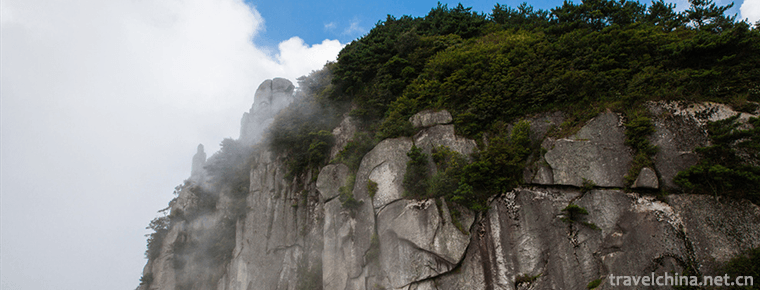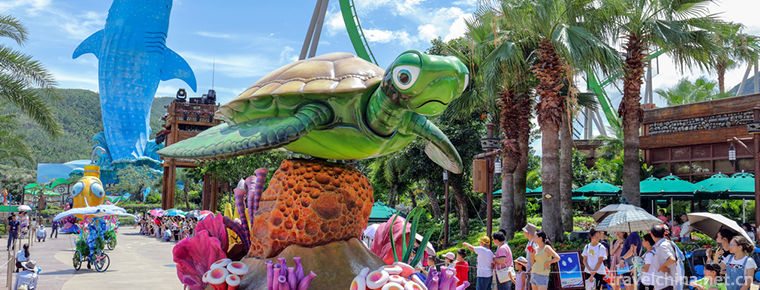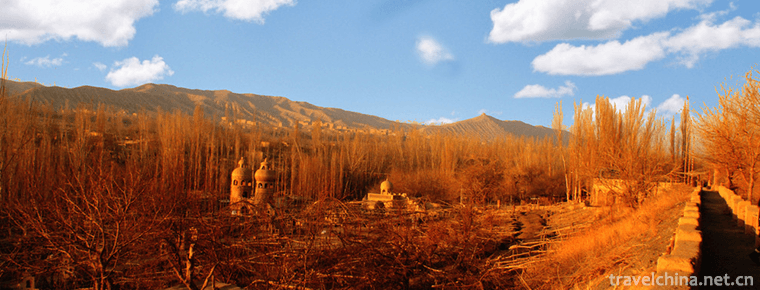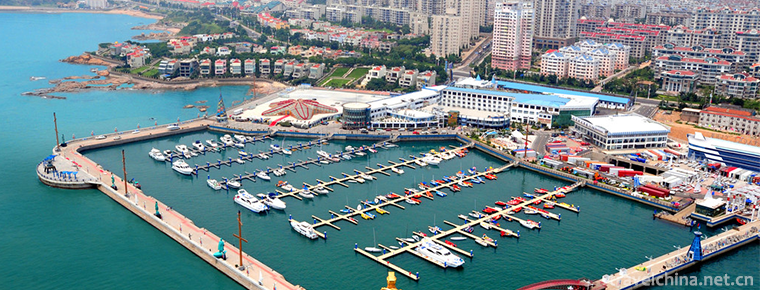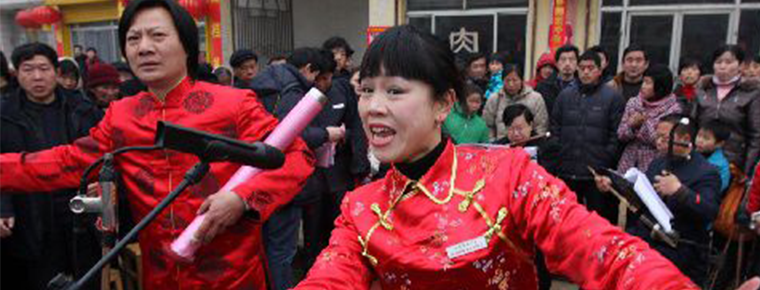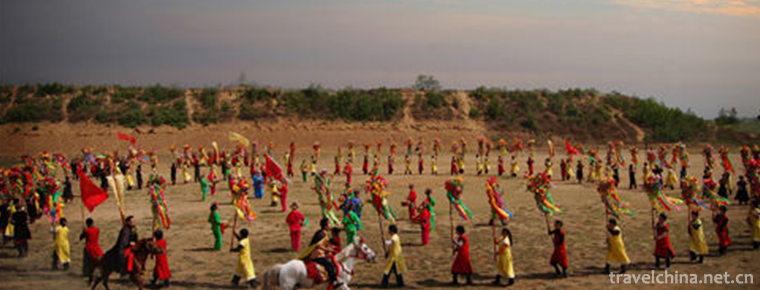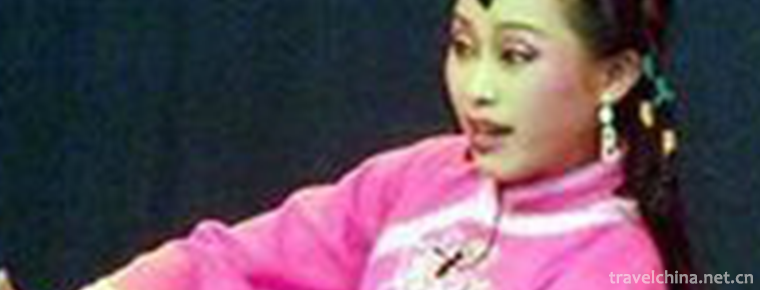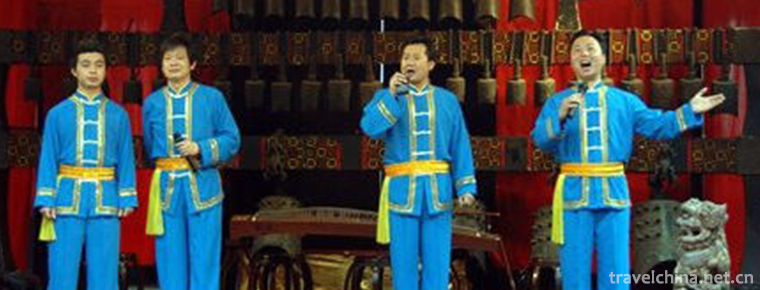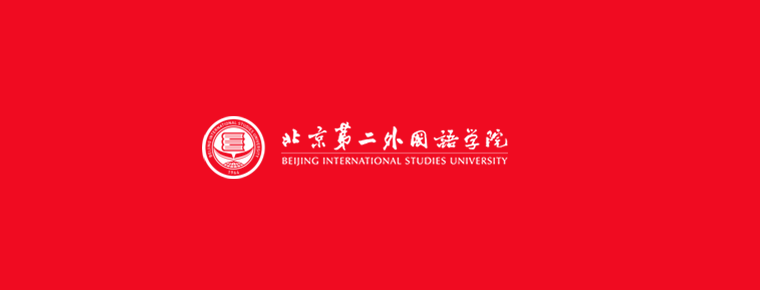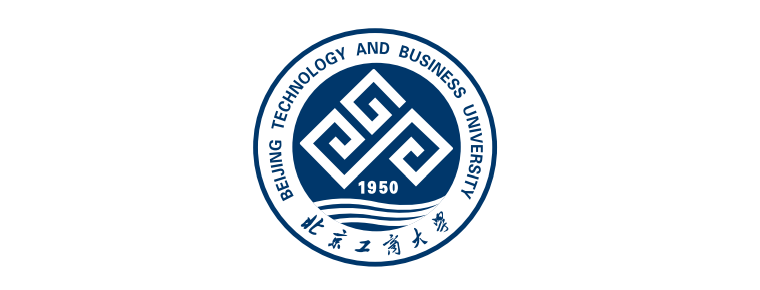Nazikum
Nazikum
Nazikum is a folk dance performance that combines instrumental performance, competitive performance, mime performance and rap. The unique squatting dance is the leading style in Uygur folk songs and dances, which has more comic color and is the reproduction of the splendid regional folk customs.
Historical Origin
Nazikum was born in Turpan, popular in Shanshan, Toxon, Hami and other areas. It has various forms and distinct regional characteristics. It is not only a part of the famous "Twelve Mukam", but also an independent folk literary performance. Others call it duck dance because of the characteristics of Nazikum's squatting performance, which corresponds to Hami's chicken dance.
Legend has it that "Nazi" is the name of King Turpan's daughter, and "Kum" is the day when the princess gets married, because during the day when Princess Nazi gets married, the whole Lukeqin is full of music and people are singing and dancing. This kind of folk songs and dances can be carried forward. In order to pursue happy and sincere love, young men use a variety of humorous exaggerated actions and witty rap to win the girl's favor.
The second version is that there was a kind and beautiful fairy named Nazi in ancient times. In order to pursue happiness and sincere love, he broke through many obstacles and came to the world. The lads used all kinds of humorous exaggeration and witty action to win her favor.
The third version is Nazi, a long-time worker and dancer in Aslabai, Turpan. It is said that Aslabai's son was born lame and could not walk. Nazi taught him to dance. He learned to dance and walk. That's why some people say that Uighurs dance when they can walk.
In the fourth edition, "Nazi" is the name of a poor man, and "Kum" is the sound of drums. A long time ago, Nazil made up many ironic and ridiculous actions to ridicule the ugly movements of reactionary rulers, which were welcomed by the masses. With the progress of history, the folk gradually developed it into a form of folk dance with an independent style, and called it "Nazilkum".
Scholars say that "Nazi" is the Persian "NaZuK" and "Kum" is the word "KuM" in Uygur, which means "delicate and beautiful dance". Whichever version of the statement is more convincing has precipitated the deep cultural essence of Uygurs. Whenever I hear Nazikum's passionate melody, graceful stretching, funny action, I can't help but want to dance with the music.
Stylistic features
The characteristics of Nazikum's dance movements are freedom, liveliness, optimism and humor. Both improvisational movements and competitive performances have these outstanding characteristics. In the performance of footwork, usually with "one-step" more, keep knees slightly bent, upper body relaxed, walk up to change various postures, or simulate different characters, sometimes with a few small shoulders, it seems very cordial and humorous. Others use exaggerated and funny methods to simulate such labor and life movements as thread rubbing, shoe-weaving, noodles mixing and noodles pulling, as well as various squatting, jumping and other skills, which are also very light and interesting.
Nazikum is the most wonderful performance in weddings, festivals and evenings. But Nazikum is different from the vigorous and bold Daolang Dance, but it has the rough and unrestrained momentum of Daolang Dance. It is different from the pious and exciting Samar Dance, but it has the charm, simplicity and strength of Samar Dance. It is different from the jubilant jumping Shadiana, but it has the high excitement of Shadiana. Nazikum's unique squatting is more comic than other folk dances of the Uygur nationality. Performers can display their artistic talents freely and fully, so they are very appealing on the spot and can incite emotions in particular. It is mostly held behind Senem or Turpan Mukam. Nazikumdo was improvised by men and performed in a group of two. Dancers only dance and don't sing. Bands and singers sing. The content of the performance has nothing to do with the lyrics, but the accompaniment is only the function of the atmosphere. At the beginning, they perform in accordance with the music, with the rhythm turning fast to form a climax, and then they enter into competitive performance. First, they do common actions, you are higher than me, you are left and right with tacit understanding. Suddenly, a person can hardly hold each other back with a new action, and the other can imitate and create a new action in return.
Accompanied by Dafu Drum, Suona, Rewafu and Aiczech Republic, the young men walked with their knees bent like dwarfs, their jaws stretched forward, their fingers folded together, their hands stretched forward one after another, while they also crowded their eyebrows, shook their heads, made all kinds of funny and funny movements, or imitated animals, or imitated cripples, crutchers, crooked mouths, oblique eyes and other defective people. The funny dance, or the interesting action of working life, must also dance with the music. At the same time, the audience burst into laughter by constantly interrupting, talking and singing, humorous dialogue and witty words. At this time, the performance has been transformed into a kind of indulgent carnival, people's emotions seem to be burning by the flame, the whole dance floor immersed in a warm and happy atmosphere. Let your heart beat violently, can't keep up with the rhythm of drum music, and the feeling of intoxication permeates the whole body. Oh, is there any singing and dancing that is more shocking and difficult to perform? No, Nazikum is unique in that the performers put their hands and feet into the regional spirit of integrating all things into one.
Nazikum is not a simple entertainment, imitation of life, but a strong exaggeration, virtual, symbolic, inspiring people to think and understand in laughter.
The crowd gathered around the regular drums and shouted, "Gargan is embarrassed! Gargan is embarrassed!" and "Hi Alabas!" and other encouraging words to cheer up the performers. At this time, silk flowers and other items are often placed on the ground for them to pick up. The performers show their skills, trying to use difficult skills to defeat each other, such as kneeling down to take things back-handed, or bending back to pick up things with their mouths, to push the performance to the climax and end in the praise of the masses.
The best and most lively dancing place of Nazikum is the Erbao of Turpan, where the rhythm of Nazirkum music absorbs the drums of the Han nationality, and the cross-legged jump of the Han nationality and the shoulder movement of the Mongolian nationality are absorbed in the dancing.
Nazikum has a fixed lyric, each of which is set off by the words "Outside Ooh Yikuang" and "Outside Nazilkum". The lyrics in the past were mostly about love, and some were about landlords, Burke's prostitution, poverty, greed and cruelty. The melody is concise and free, with a lively mood and a strong rhythm. The song and dance "Re-Khan" and "Duston Amira" with Turpan characteristics were used as a link and transition at first, and then transferred to Nazilkum. When playing, it often repeats many times on a single phrase. The volume changes from strong to weak, and from weak to strong. At the climax, it only beats the rhythm with drums, and the masses shout and cheer with the rhythm.
Nazikum's accompaniment instruments are unique to the eastern part of Xinjiang, such as the Czech Republic, Rewafu, plucked, drums, suona and iron drum. Sometimes only with Suona, iron drum accompaniment, in addition to a group of iron drums with different timbre levels, often add a large drum with a rich timbre to hit a single rhythm continuously. Experienced drummers can combine the emotional changes of performers. The dance performance was set off by beating emotional drums in a cadence.
Nazikum's music rhythm is closely coordinated with the performance and has a unique style. In competitive performances, only iron drums and the shouts of the masses are accompanied, each shouting method repeated many times and crisscrossed.
Basic motion
Nazilkum is a folk dance of Uygur men's competitive opposite dance form, which is carried out mostly in weddings, festivals and Maxi Refu. It is popular in Turpan, Dushan, Toxon, Hami and other places in Xinjiang. Nazilkum has a special tune, which starts with the singing of Turpan Muqam, then transitions from songs and dances such as "Re-spitting Khan" and "Duston Amira" to the tune of Nazilkum. Nazilkum is divided into two parts:
General performance: fluent rhythm, lively, 2/4 beats. Dancers use funny and ridiculous actions to exaggerate the daily work life and create different images. Such as "slippers" for "pull noodles", lame walking, duck walking and other actions. There are squatting, one-step, one-foot jump and so on.
Competition for two: Happy rhythm, jumping, 4/4 beats. Start two dancers to do similar movements to each other, such as "moving shoulder to shoulder" and "squatting around" etc. After the rhythm turns fast, the two dancers overwhelm each other with their unique skills, such as "jumping three claps, squatting down", "squatting across" and so on. At this time, the audience shouted with the drums, cheered for the dancers and pushed the performance to a climax. Sometimes a silk flower (used to be a coin) is specially placed in the performance venue, so that dancers can pick it up with difficult skills, such as holding it back in their mouth or picking it up by hand.
Nazilkum's accompaniment instruments are divided into two types: one is strings, drums, accompanied by singing; the lyrics are traditional folk songs and improvised lyrics, but they all add the words "oh Yi kuang" (that is, the envelope) and so on. The other is accompanied by trivial sonar and iron drum. Sometimes, besides one or two pairs of iron drums, a bass drum is added to play a single rhythm without accompaniment.
Nazilkum has a semi-professional artist, known as "Nazilkumqi" (expert). From the dramatic and noisy atmosphere of their performances, we can see that Nazilkum and Han folk dances have similarities, especially in the competitive part of the drum point, much like the Han Yangge drum point. As for the movements of "moving shoulders forward and backward", "shaking shoulders" and "crouching and jumping on knees", there is a distinct style of grassland nomadic people. Although these dance movements have traces of other nationalities, they still retain the charm of Uygur dance, which is the style characteristic of Nazilkum and forms a multi-ethnic dance form in Turpan.
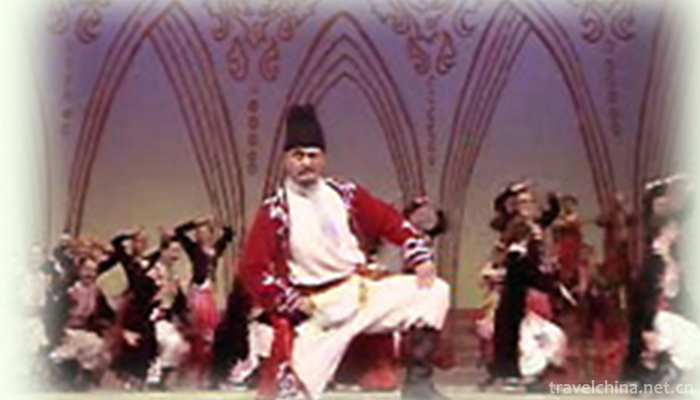
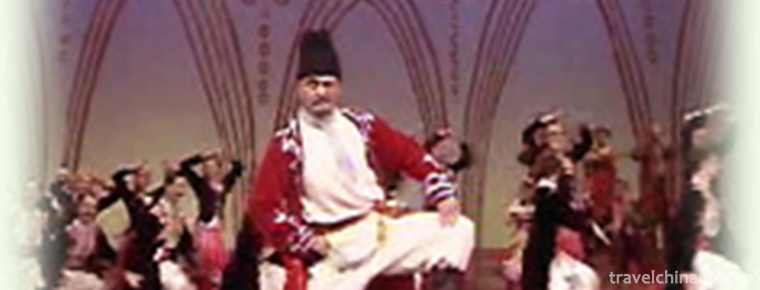
Nazikum
-
Mingyue Mountain
Mingyue Mountain: National tourist resorts, National Scenic spots, national AAAAA tourist attractions, National Forest parks, national geological parks, National Natural heritage, home of hot springs
Views: 235 Time 2018-12-08 -
Guangzhou Changlong Tourist Resort
Views: 149 Time 2018-12-12 -
Putaogou Scenic Area Turpan City
The Putaogou Scenic Area in Turpan City is located in the Flame Mountain, 11 kilometers northeast of Turpan City, Xinjiang. It is about 8 kilometers long in the South and 2 kilometers wide in the East
Views: 180 Time 2018-12-12 -
Qingdao Yinhai International Yacht Club
Qingdao Yinhai International Yacht Club is located at No. 30 Donghai Middle Road, Qingdao City. It is the first national AAAA class tourist attraction in China with yacht club as its main body.
Views: 135 Time 2019-02-07 -
Tianjin Water Park
Tianjin Water Park, formerly known as Qinglongtan, as a scenic resort, can be traced back to the beginning of the last century. It was officially opened to tourists on July
Views: 191 Time 2019-02-21 -
Hu Ji Shu Hui
Hu Jishu Fair is a traditional folk art fair that rose and took root in Huji Town, Huimin County, Shandong Province. Huji is the largest market town in the southeast of Huimin County
Views: 117 Time 2019-05-03 -
Running curtain
Running curtain originated in the Spring and Autumn Period and Warring States Period, formed in the Qin and Han Dynasties, flourished in the Song, Yuan, Ming, Qing Dynasty and the early Republic of Ch
Views: 349 Time 2019-06-09 -
Qinghai Han Minority Folk Minor
Qinghai Han folk minor is one of the genres of Chinese folk songs. Generally speaking, it refers to folk songs and dances popular in town fairs. Through the spread of the past dynasties
Views: 463 Time 2019-06-10 -
Xiushan Folk Song
Xiushan folk song is the folk song of Xiushan Tujia and Miao Autonomous County. Folk songs are closely related to the people's lives of all ethnic groups in Xiushan. Through compiling folk songs, the
Views: 134 Time 2019-07-08 -
Beijing Second College of Foreign Languages
Beijing Second Foreign Language College is a famous university with advantages of foreign language and literature and tourism management, and coordinated development of literature, management, economi
Views: 339 Time 2019-09-06 -
Beijing Technology and Business University
Beijing University of Industry and Commerce is a multi-disciplinary university in Beijing. It was approved by the Ministry of Education in June 1999 by the merger of Beijing Institute of Light Industr
Views: 413 Time 2019-09-06 -
Explanation service of Chengdu Giant Panda Base
Chengdu Research Base of giant panda breeding has set up an explanation service station at the entrance to provide high-quality explanation service for tourists who have a better understanding of giant panda knowledge. At present, there are 11 full-time commentators in the
Views: 411 Time 2020-12-13
